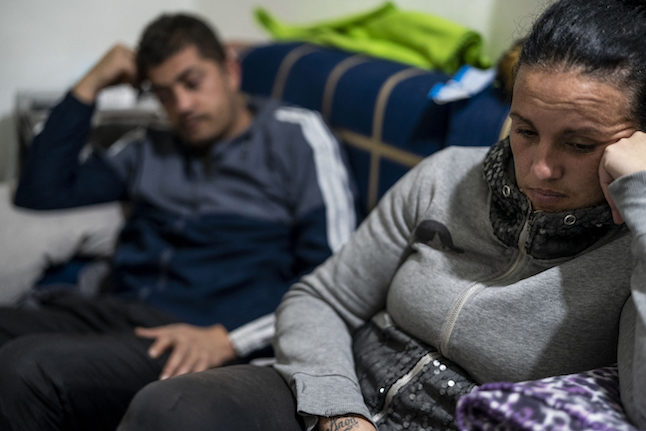You might have heard of the Big Mac Index which compares product prices around the world using the average cost of a McDonalds hamburger as its chief indicator.
Now La Nueva España newspaper in Asturias has given this a Spanish twist: the Tortilla Index.
The paper reported on Thursday that inflation is biting into the humble Spanish tortilla.
Consumer price index figures show costs for the three main ingredients in the tortilla have gone up in the last 12 months. Potatoes are up a third on February last year, oil is 19 percent more expensive, and customers are having to fork out an extra 12 percent for eggs.
The cost of living has gone up 2.8 percent in the last year, Spain's national stats office the INE reported on Wednesday in its latest consumer price index report.
Food prices have climbed 2.7 percent in the same period.
Other items which have risen in price include electricity and gas — up over 7 percent in the last year — and medicines, up 12.9 percent in real terms according to the INE.
Clothing and footwear, meanwhile, have dropped in price by 1.8 percent, a result the stats body put down to the influence of the winter sales.
Also falling in price were fresh sea food (4 percent lower) and lamb, which is now 7.5 percent cheaper than a year ago.



 Please whitelist us to continue reading.
Please whitelist us to continue reading.
Member comments